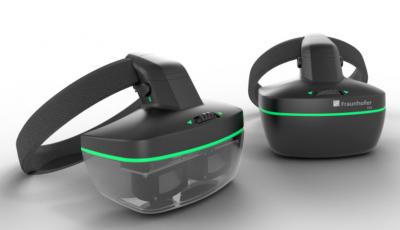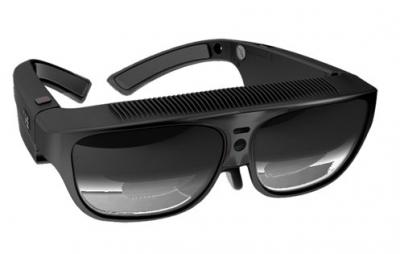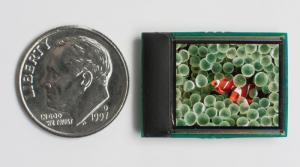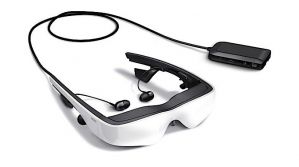Looking Glass launches a succesful crowdfunding campaign for its portable holographic display
Looking Glass has been developing 3D holographic displays since 2014. The company's technology enables high-quality 3D display, without the need for any glasses. The company has now launched a crowdfunding campaign to promote its latest display, a small (smartphone-sized) portable holographic display called the Looking Glass Go.
The Looking Glass Go is based on a 6" 1440x2560 LCD display, that offers a viewing cone of 58-degrees, and 40-100 views. The display connects via a single USB-C port (for both power and data).








